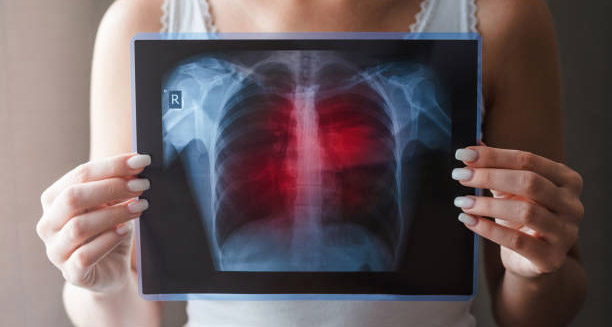Lung disease is a broad term encompassing various conditions that impair the function of the lungs, the vital organs responsible for breathing and gas exchange. From mild infections to chronic disorders and life-threatening illnesses, lung diseases affect millions of people worldwide and are among the leading causes of disability and death. This overview of lung disease aims to explain the main types of lung conditions, how they affect the body, and why early detection and proper management are essential for maintaining respiratory health.
How Lung Disease Affects the Body
The lungs work constantly with the rest of the respiratory system to bring in oxygen and remove carbon dioxide. When they are healthy, this process runs smoothly. But when problems develop, it often leads to coughing, chest pain, or shortness of breath. In mild cases, like bronchitis, the symptoms may go away with time. However, in more serious conditions like chronic obstructive pulmonary disease (COPD), asthma, or pulmonary fibrosis, symptoms may worsen and become permanent.
Lung disease falls into three main groups. First are airway diseases, such as asthma, bronchitis, and bronchiectasis. These affect the airways (bronchi) that carry air in and out of the lungs. Swelling or narrowing of the airways makes breathing hard.
Next are lung tissue diseases, including pulmonary fibrosis and sarcoidosis. These harm the lung tissue itself. They often cause scarring, which limits how well the lungs can expand and transfer oxygen.
Finally, there are lung circulation diseases, like pulmonary hypertension. These affect the blood vessels in the lungs and may strain the heart. This can lead to serious problems, like right-sided heart failure.
Common Infections and Missed Diagnoses
Infections play a big role in lung disease. Pneumonia, tuberculosis, and viruses like COVID-19 can all damage lung tissue. In people with weak immune systems or existing lung issues, these infections may become long-lasting and cause serious harm.
One major concern in the overview of lung disease is how often doctors miss early signs. People may ignore symptoms like cough, fatigue, or wheezing, thinking they’re minor. But without treatment, these signs may lead to more damage and serious problems like respiratory failure or even lung cancer.
Risk Factors and Causes
Many things can cause lung disease. Smoking remains the top risk. Cigarette smoke contains toxic chemicals that inflame and damage the lungs. Still, it’s not the only factor.
Polluted air, workplace hazards like asbestos or dust, and allergens also contribute. Some people are born with gene problems, such as cystic fibrosis or alpha-1 antitrypsin deficiency. Others may develop lung issues from autoimmune diseases like sarcoidosis or interstitial lung disease. Often, several of these risks overlap.
Treatment and Prevention
The right treatment depends on the disease and how severe it is. Options include medicines like bronchodilators, steroids, or antibiotics. Some people need oxygen therapy, lung rehab, or surgery. In advanced cases, a lung transplant might be the only solution. The goal is to ease symptoms, slow the illness, and help people breathe better.
Prevention plays a big role in this overview of lung disease. Avoiding smoking, staying away from polluted air, using protective gear at work, and getting vaccines like the flu shot or pneumonia vaccine all help. People with chronic diseases like diabetes or heart problems should manage them well, as they can make lung issues worse. Regular check-ups, especially for those at high risk, can lead to early diagnosis and better outcomes.
The Global Impact of Lung Disease
The burden of lung disease around the world is massive. According to the World Health Organization (WHO), chronic breathing problems are among the top killers. Over 250 million people live with COPD. Millions more suffer from asthma, infections, or other lung conditions. This not only affects health but also causes job loss, higher medical costs, and stress for families.
It’s important to know that lung disease doesn’t just affect smokers or older people. It can hit anyone. Kids exposed to second-hand smoke or dirty air may develop asthma or frequent chest infections. Young adults might face autoimmune lung diseases. Older adults face higher risk of chronic illnesses and lung cancer. Knowing these risks and spotting early symptoms is vital for prevention.
Summary: The Importance of Lung Health
In conclusion, this overview of lung disease shows how important it is to care for our lungs. Many lung diseases can be treated or even avoided with the right steps. Early diagnosis, proper treatment, and prevention save lives. To reduce the effects of lung disease, we need more awareness, better access to care, and continued research.
[Next: Causes of Lung Disease →]


